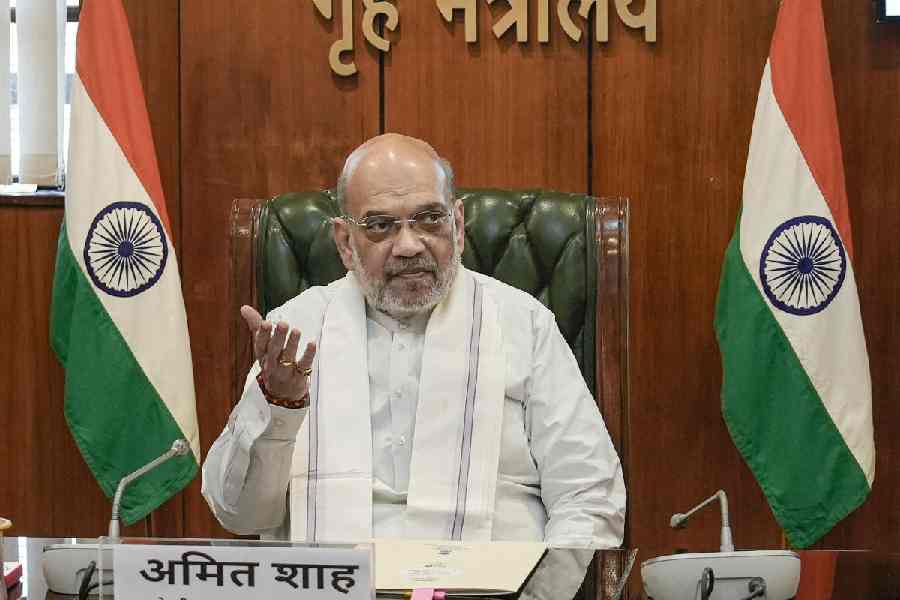The deadline for filing your income tax returns looms large. For financial year 2018-19, the income tax returns need to be filed by July 31 of assessment year 2019-20 if you want to avoid paying a penalty. In your filing, you must correctly declare your income and receipts from all sources and pay the taxes applicable on them.
Salary or business income are just two forms of income. There are several others. Not all income is taxable, and not all taxes need to be paid at the same rate. Let’s take a look at some of the common forms of non-salary income and how they are taxed.
Interest from savings
You can earn tax-free interest income from your bank and postal savings accounts. Under Section 80TTA of the income tax act, interest up to Rs 10,000 in a financial year is tax-free. Interest earned above this mark is taxable, according to your income tax slab. The interest earned from bank and postal savings needs to be mentioned under the head “Income from other sources”. This income is not to be confused with the interest earned from fixed, recurring and other time deposits.
Interest from deposits
Fixed and recurring deposits are a common way to save and invest. However, the interest earned this way is fully taxable if you’re under 60 years of age. This interest is treated as “Income from other sources” and taxed as per your slab.
However, if you are over the age of 60, Section 80TTB gives you tax-free interest income of Rs 50,000 from your deposits from financial year 2018-19.
Small saving schemes
Small savings schemes such as Public Provident Fund (PPF), the Sukanya Samriddhi Scheme and the Senior Citizens Savings Scheme (SCSS) offer attractive rates of interest to various sets of investors. Taxation norms vary from one scheme to another. For example, PPF and Sukanya Samriddhi are triple-exempt from tax, which means anything you earn via them is tax-free. SCSS offers tax-free returns up to Rs 50,000 on maturity. This makes them excellent long-term investments. On the other hand, KisanVikas Patra is fully taxable, while the National Savings Certificate is taxable on maturity. Therefore, the applicable declarations on each of your investments need to be duly made.
Capital gains from equity
You either make capital gains or capital losses from your stock market investment. Further, capital gains are either long term in nature or short term.
An equity investment qualifies as long term if held for one year or longer; if not, it remains a short-term investment. For equity investments, long-term capital gains above Rs 1,00,000 in a financial year are taxed at the rate of 10 per cent with applicable cess. Short-term capital gains in this asset class are taxed at a rate of 15 per cent plus cess. While filing your ITR, these incomes need to be declared under the “capital gains” head.
Gains from mutual funds
Mutual funds are either debt-oriented or equity-oriented. For equity mutual funds, the taxation norms are the same as described above. However, the norms are different for debt funds. Your debt investment becomes long-term in three years and your long-term capital gains are taxed at a rate of 20 per cent plus cess. Your short-term capital gains are combined with your income and taxed as per your slab rate. The taxation of gold investments is similar to that of debt funds.
Cashback, gifts, rewards
These are new-age money problems. It’s common these days to receive a cashback reward on transactions via credit cards and UPI apps. The money is credited to your bank account or adjusted against your credit card balance. What happens to these receipts? Are they taxable? According to Section 56 (2) of the income tax act, as long as these sums paid to you without consideration don’t exceed Rs 50,000 in a financial year, they are exempt from tax. Exceeding this limit, a gift tax is imposed on the entire amount.
These are just a few examples of non-salary receipts. There may be many others — capital gains or rental income from immovable property, income from assorted investments, receipts from insurance claims and so on.
Also consider the fact there are usually seven types of ITR forms applicable to salaried professionals, businesspeople, firms, trusts, etc and it’s critical to select the form that applies to you. As such, it is necessary to make a clean income tax returns filing with all the necessary declarations. Failing to do so may invite the scrutiny of the income tax separtment. When in doubt, consult your tax adviser.
The writer is CEO of `BankBazaar.com`











